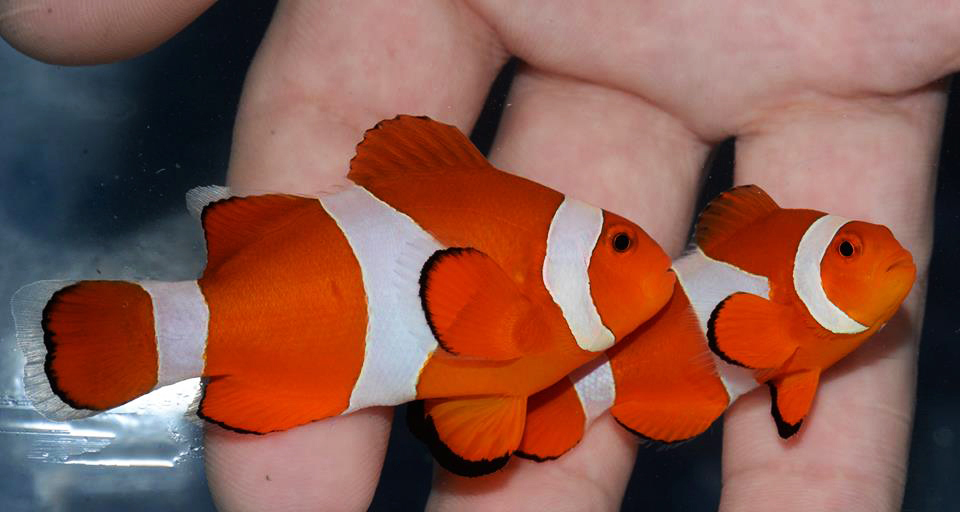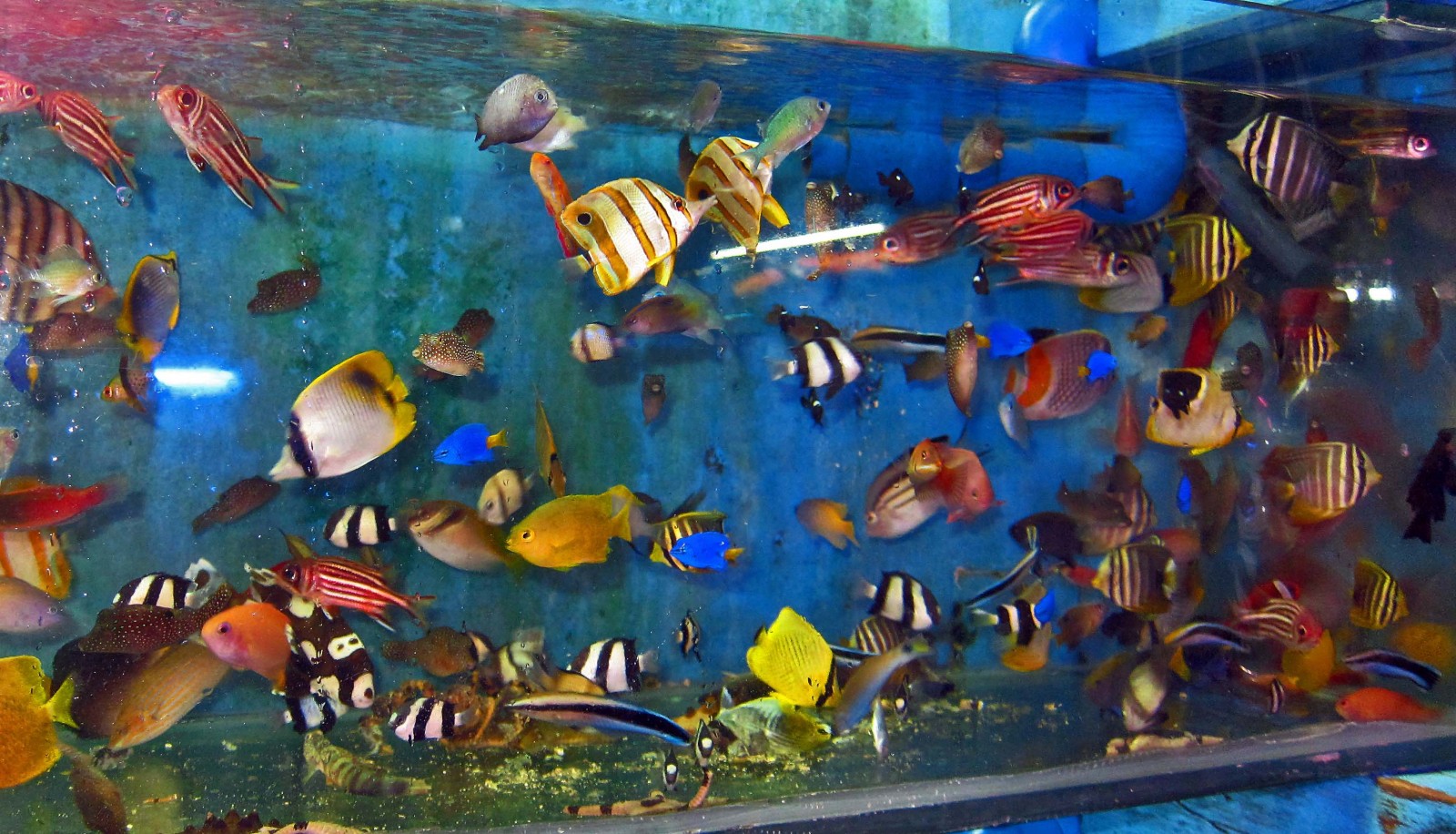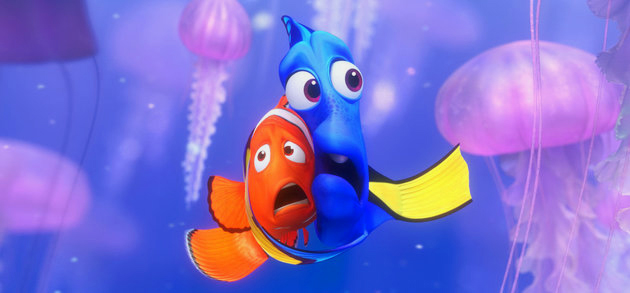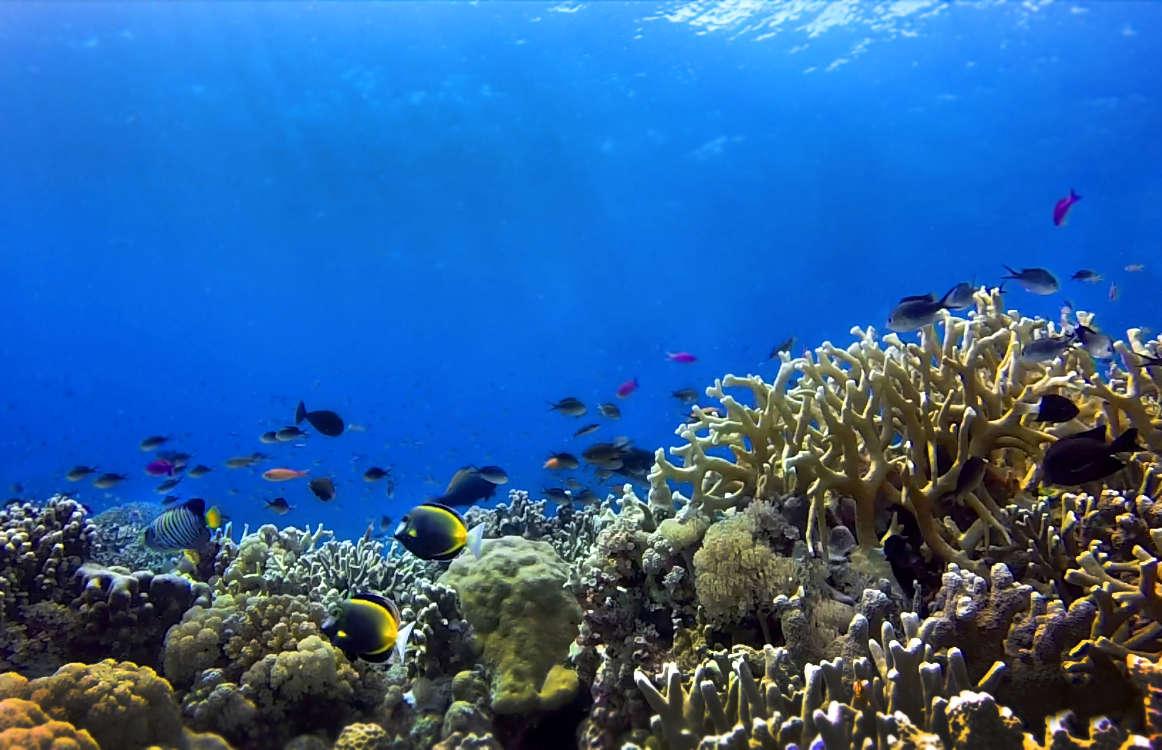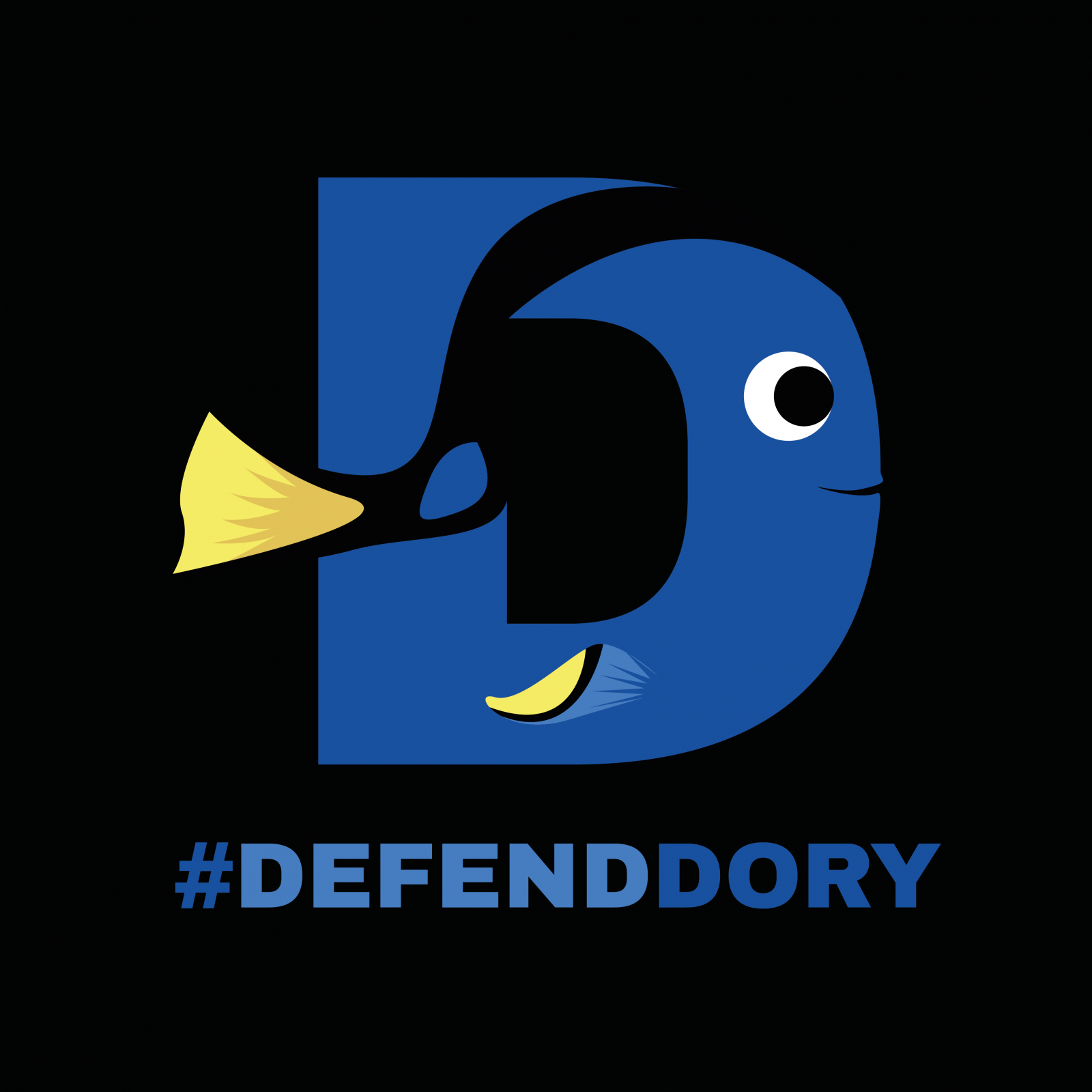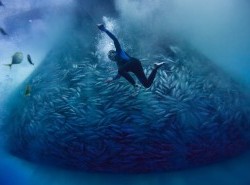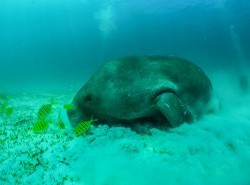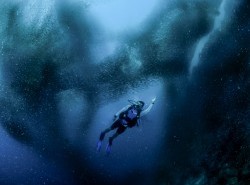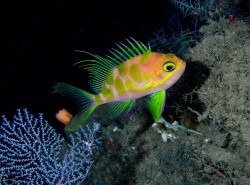The new Finding Dory movie is smashing box office records and putting ocean ecosystems in multiplexes - but it could have an unwanted negative impact on tropical fish populations in the Coral Triangle, as aquarium enthusiasts rush to get their own Dory and Nemo...
Sure, Finding Nemo was an awesome movie, inspiring a generation of people to love clownfish - so much so that they're often simply called "Nemos" by many. The movie's intended message was to keep fish in the sea, where they belong. So it was deeply ironic that the movie in fact had the opposite effect.
After the movie screened - proving in the process to be one of Disney's most successful films ever - millions of clownfish were plucked from coral reefs, transported sometimes thousands of miles to be confined to aquaria, exactly like their celluloid counterpart. Everyone wanted their own Nemo! Global clownfish sales jumped 40% and many reefs were left bereft of the darting orange fish. Not only that, but many died at the hands of well-meaning but inexperienced aquarists – because marine fish are very difficult to keep in captivity. Now that Finding Dory has been released and is proving hugely popular, the expectation is that there will be another spike in sales - this time of a much rarer fish that is absolutely not suited to captivity.
The Best Alternatives Campaign estimates that in the Philippines, a staggering 90% of wild-caught marine aquarium fish die within a year of capture. Only the hardiest fish or those lucky enough to be bought by experienced aquarists survive. With the release of Finding Dory a global spike in marine aquarium fish demand is expected. The Philippines and Indonesia are the world’s top exporters of wild-caught marine fish, supplying 85% of the trade – so Pinoy fishers will soon be scouring reefs for Nemo, Dory and all their finned friends. So what can we do to protect them?
Choose freshwater fish
Goldfish, guppies, tetras and many freshwater fish are bred by the billions and are well-adapted to aquarium life. Farm-raised fish are cheaper, hardier and environmentally-sound options to marine fish. Since raising aquarium fish can be 250 times more profitable than raising Tilapia, it can be a sunrise industry for the Philippines.
Freshwater fish are our best alternatives to marine fish because only 10% of them are still caught from the wild, like African Rift Lake cichlids or angelfish from the Amazon River. Innovations in breeding might soon end the need to catch them in rivers and lakes while still supplying aquarists with the living jewels they love.
Choose tough marine fish
Marine fish are hard to keep because 95% of them are taken from the most stable environment on Earth – the ocean. Most can’t adapt to life in the average home aquarium, where water parameters fluctuate daily. Many are still caught with cyanide, which stuns hard-to-catch fish but kills up to 75% of them. Popular fish like angelfish, butterflyfish and Moorish idols are specialized feeders which feed on coral, sponges and other tasty treats the average hobbyist probably won’t be able to provide. This is why so few fish survive beyond a year.
Still, a few marine fish species can be kept in aquaria. Hardy and brightly-coloured damselfish, gobies and blennies are good choices. Clownfish are the most popular, accounting for 40% of the trade. There are actually 30 clownfish species and Nemo is a Common Clownfish (Amphiprion ocellaris). Clownfish are relatively hardy and can be commercially-bred – but 75% of them still come from the wild.
Dory is another story. First, she’s not related to the Cream Dory we love to eat. Second, she’s very, very hard to keep. Dory’s a Regal Tang (Paracanthus hepatus) and feeds almost exclusively on algae and seaweed. She’s prone to parasites and gets sick easily. Most importantly, the technology to breed her kind is still years off – so every single Dory you’ll see will have been plucked from the sea!
For those in the Philippines that really wish to keep marine fish, then consult veteran hobbyists and forums like the Philippine Marine and Reef Aquarium Society (PMRAS), which encourages responsible fishkeeping. Get fish from reputable dealers like RVS Fishworld, which only sells cyanide-free fish caught by hand nets.
See them in the wild where they belong – again, for those of us in the Philippines, we're in the heart of the Coral Triangle and our waters are brimming with marine life (hence our position as a leading global exporter). Diving or snorkelling here is way cheaper than in any other country. Wherever you are, there’ll be a reef nearby: Manila has the rich reefs of Anilao in Batangas, Cebu has Moalboal, Davao has Samal Island – even mountainous Baguio has La Union!
So what might happen if we don’t heed these three steps? Let’s look at another marine fish, the Banggai cardinalfish (Pterapogon kauderni), found only in Indonesia. According to conservation group Fondation Franz Weber and scientist Dr. Alejandro Vagelli, from a global population of about 20 million in 1995, only about 1.4 million of them are left – and up to 500,000 are still caught annually to supply the aquarium trade. This means that without immediate conservation measures, they’ll be functionally extinct in just a few years. The European Union has now submitted a proposal to control the trade in the species. A hobby should cultivate love – and fish enthusiasts would be the last to want to lose beauties like the Banggai cardinalfish.
To spread the word on the web, Best Alternatives is launching the #DEFENDDORY campaign by calling on netizens to change their profile photos from now to July. Instead of wanting to possess fish, let Finding Dory inspire us all to see them in their natural habitat.
